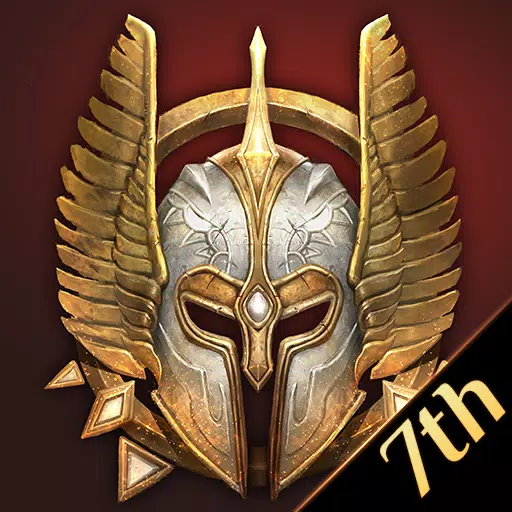Frank Miller's Return to Daredevil: Born Again
The mid-1980s marked a golden era for Marvel Comics, not only creatively but also commercially. Following the financial struggles of the late 1970s, which were alleviated by the success of Star Wars, Marvel was poised to revolutionize the comic industry with the launch of Secret Wars in 1984. This pivotal event had far-reaching effects on the Marvel Universe and the broader comic industry, setting new trajectories for beloved heroes and villains alike.
During this period, Marvel produced several iconic stories that have since become legendary. Frank Miller's Born Again arc in Daredevil stands out as a seminal work, detailing Matt Murdock's harrowing journey from rock bottom back to his role as the Man Without Fear. Similarly, Walt Simonson's Surtur Saga in Thor reintroduced the God of Thunder to a mythic fantasy setting, culminating in a dramatic showdown against the fire demon Surtur. Other notable narratives include the return of Jean Grey in X-Factor and Roger Stern's impactful run on Amazing Spider-Man, which introduced the Hobgoblin and Spider-Man's iconic black symbiote suit.
In this article, we delve into these transformative stories and more from the mid-1980s. Join us as we continue our series on the essential issues of Marvel with Part 8.
More Essential Marvel
- 1961-1963: The Birth of a Universe
- 1964-1965: The Sentinels Are Born and Cap Dethaws
- 1966-1969: How Galactus Changed Marvel Forever
- 1970-1973: The Night Gwen Stacy Died
- 1974-1976: The Punisher Begins His War on Crime
- 1977-1979: Star Wars Saves Marvel From Bankruptcy
- 1980-1982: Did the Dark Phoenix Saga Usher in the Greatest Decade for Marvel?
Frank Miller's Born Again and Walt Simonson's Surtur Saga
For some of the most celebrated storylines of this era, look no further than Born Again and Surtur Saga. Frank Miller's return to Daredevil in issues #227-233, with David Mazzuchelli's art, is often hailed as the definitive Daredevil story. It follows Matt Murdock's descent into despair after his secret identity is sold by a drug-addicted Karen Page and subsequently exploited by the Kingpin. Matt's eventual resurgence as Daredevil, juxtaposed with Kingpin's escalating fanaticism, makes for a compelling narrative that inspired Season 3 of Netflix's Daredevil and the upcoming Disney+ series Daredevil: Born Again.
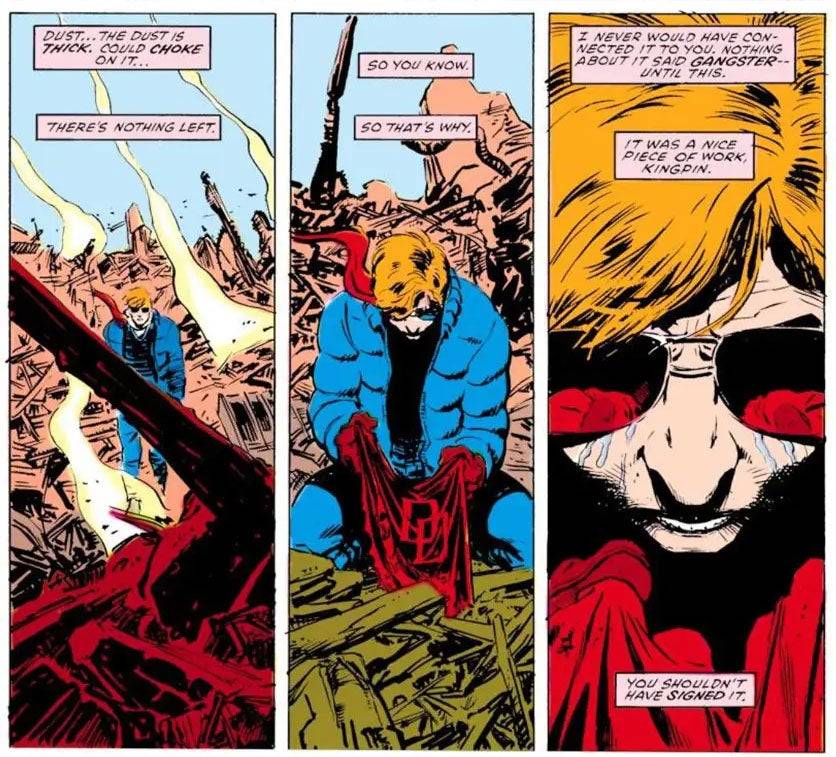
Walt Simonson's Surtur Saga in Thor, from issues #340-353, revitalized the series with its return to mythic storytelling. Featuring the introduction of Beta Ray Bill and the epic battle against Surtur, this saga has influenced subsequent Thor adaptations, including Thor: The Dark World and Thor: Ragnarok.
Secret Wars Changes Comics Forever
The concept of large-scale event crossovers, which began with the Avengers/Defenders War in 1973, reached a new level with Secret Wars in 1984. This 12-issue miniseries, orchestrated by Jim Shooter and illustrated by Mike Zeck and Bob Layton, was tied to a Mattel toy line and featured a cosmic being, the Beyonder, pitting Marvel heroes and villains against each other on Battleworld. While Secret Wars is remembered more for its impact on the industry and its wide cast than for its storytelling, it paved the way for future event series, including its sequel Secret Wars II and DC's Crisis on Infinite Earths.
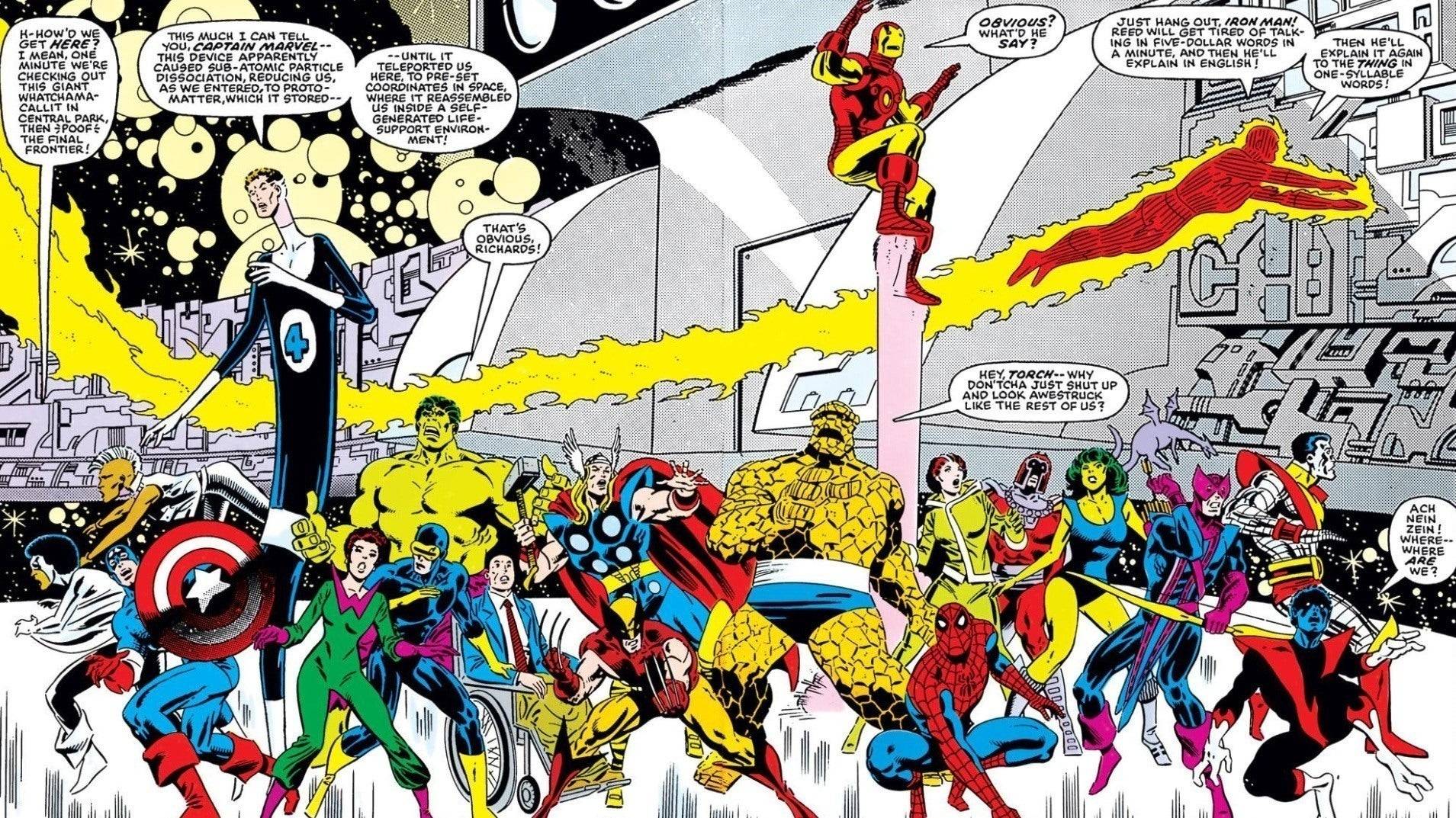
Spider-Man’s Symbiote Suit and Other Iconic Spidey Stories
Roger Stern's tenure on Amazing Spider-Man from issue #224 introduced the Hobgoblin, a formidable new enemy for Spider-Man. Although Stern's original saga was cut short, his return in 1997's Spider-Man: Hobgoblin Lives allowed him to conclude the story as intended. Additionally, Amazing Spider-Man #252 marked the debut of Spider-Man's black symbiote costume, an iconic look that spawned numerous adaptations across various media.
The Death of Jean DeWolff in Spectacular Spider-Man #107-110, written by Peter David and illustrated by Rich Buckler, presented a darker, more intense Spider-Man story, showcasing his hunt for the Sin-Eater and his conflicts with Daredevil.
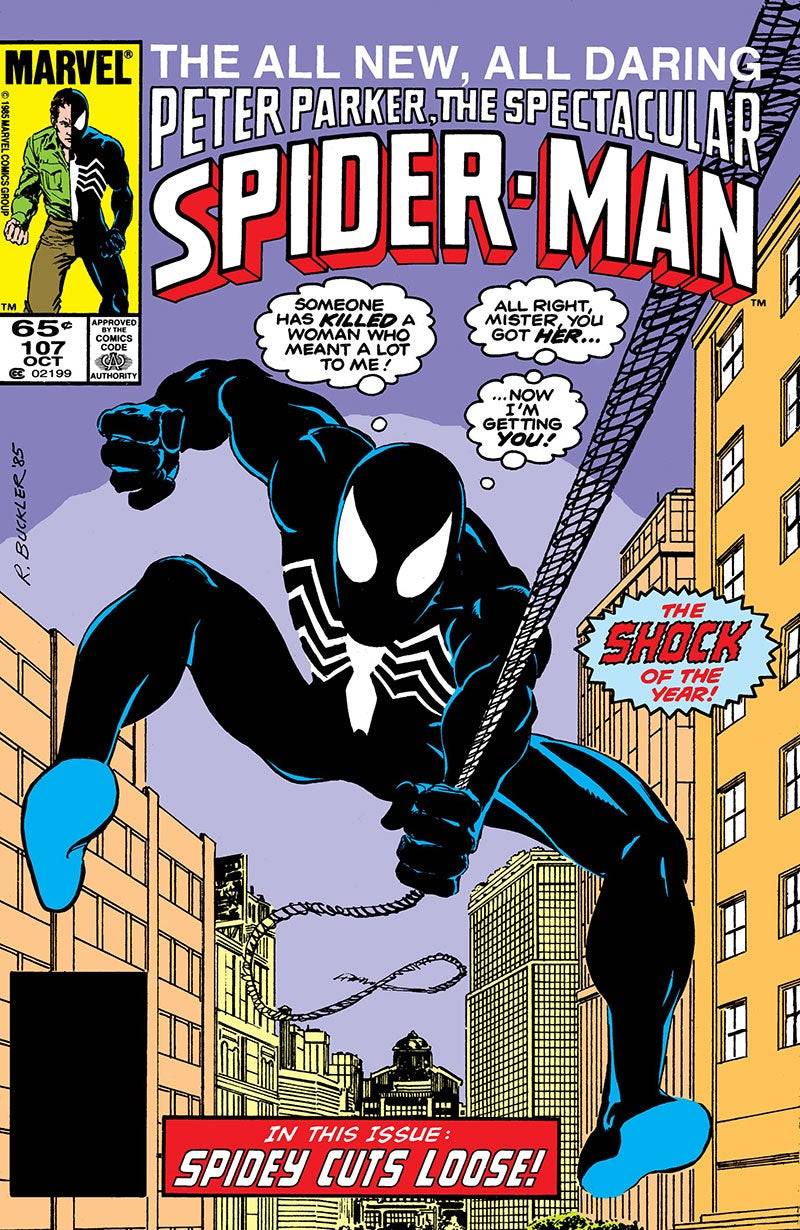
Jean Grey Returns, the Rise of Apocalypse, and Other Mutant Landmarks
The mid-1980s also saw significant developments in the X-Men universe. Vision and the Scarlet Witch #4 confirmed Magneto as the father of Quicksilver and Scarlet Witch, a revelation that remained canon for decades. X-Men #171 and #200 featured pivotal moments for Rogue and Magneto, respectively, with Rogue joining the X-Men and Magneto taking charge of Xavier's School for the Gifted.
The resurrection of Jean Grey in Avengers #263 and Fantastic Four #286 led to the formation of X-Factor, reuniting the original X-Men. X-Factor #5-6 introduced Apocalypse, an ancient mutant who became a major antagonist in the X-Men mythos and a staple in various adaptations.
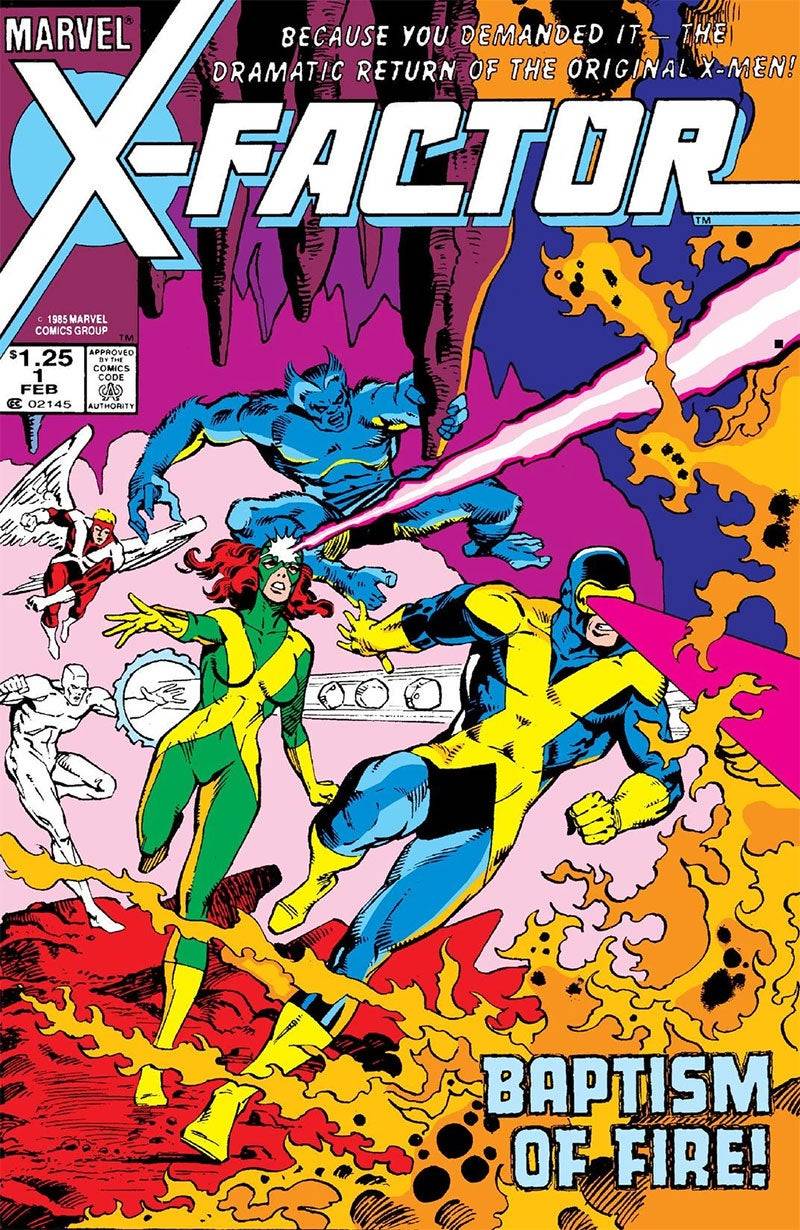
Join the conversation on our platform and let us know which story from this period you believe stands out as the best.
- 1 Roblox Forsaken Characters Tier List 2025 Feb 14,2025
- 2 Pokemon Go’s first Community Day of 2025 will feature Sprigaito Jan 05,2025
- 3 Marvel Rivals' Controversial Hitbox System Draws Attention Feb 11,2025
- 4 How To Find and Beat the Storm King in LEGO Fortnite Jan 05,2025
- 5 Watcher of Realms Is Dropping New Heroes and Skins This Thanksgiving and Black Friday! Dec 30,2024
- 6 Holiday Thief Arrives in Seekers Notes Dec 26,2024
- 7 Goddess Of Victory: Nikke Is Dropping a New Year’s Update and Collabs with Evangelion and Stellar Blade Soon Jan 04,2025
- 8 Jujutsu Kaisen Phantom Parade: Tier List Update for 2024 Dec 28,2024
-
Mastering the Art of Digital Tools
A total of 10
-
Hidden Gems: Unexpectedly Useful Other Apps
A total of 10
-
Ultimate Strategy Gaming Experience on Android
A total of 10










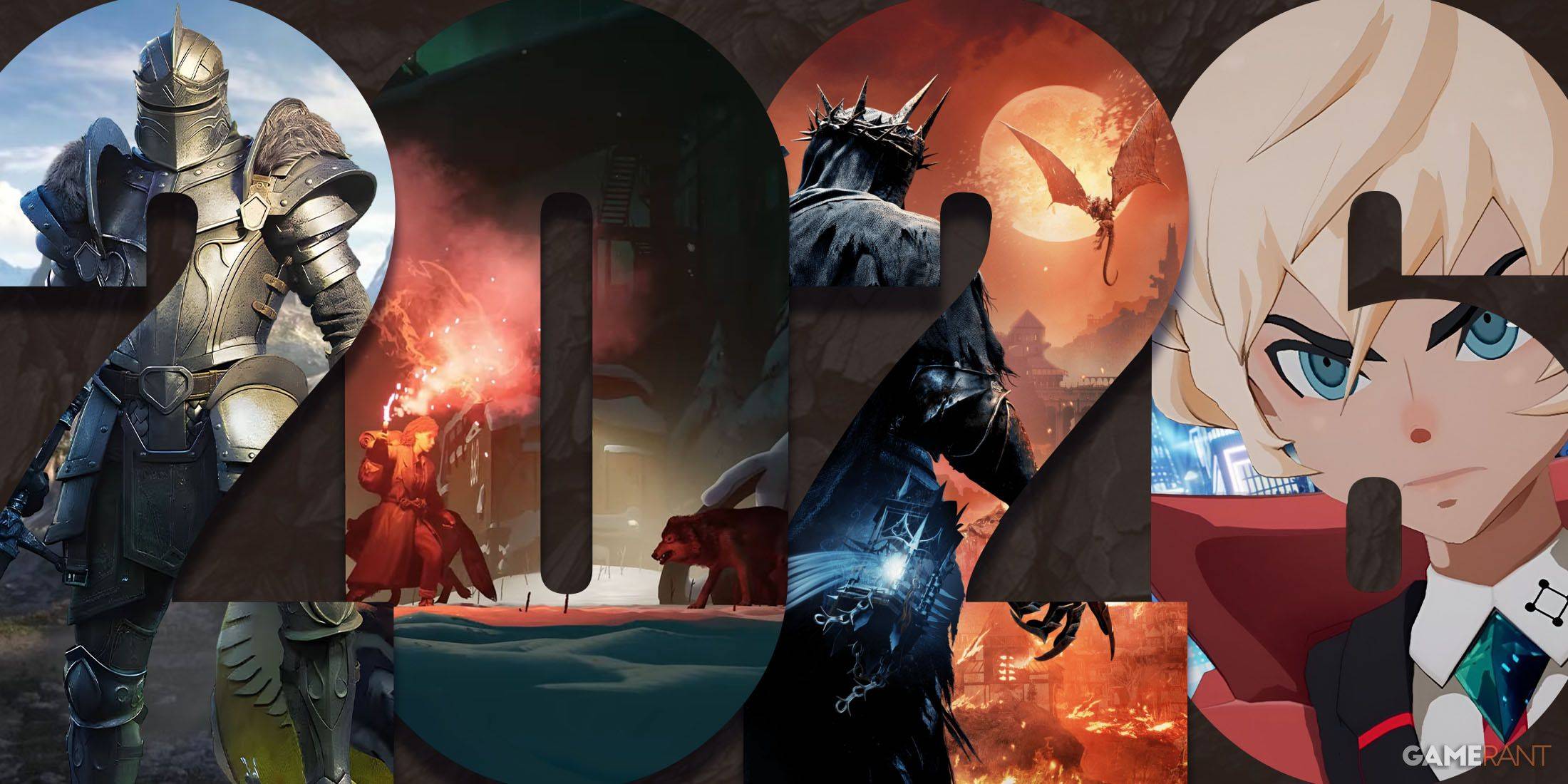




![LeMOMnade: Family Squeeze! – Version 1.1.1 [mtrellex]](https://img.3xbz.com/uploads/38/1719569762667e8d62c486e.jpg)

![My Cute Roommate 2 – New Version 1.0 Extra [Astaros3D]](https://img.3xbz.com/uploads/38/1719606486667f1cd652f1a.jpg)










